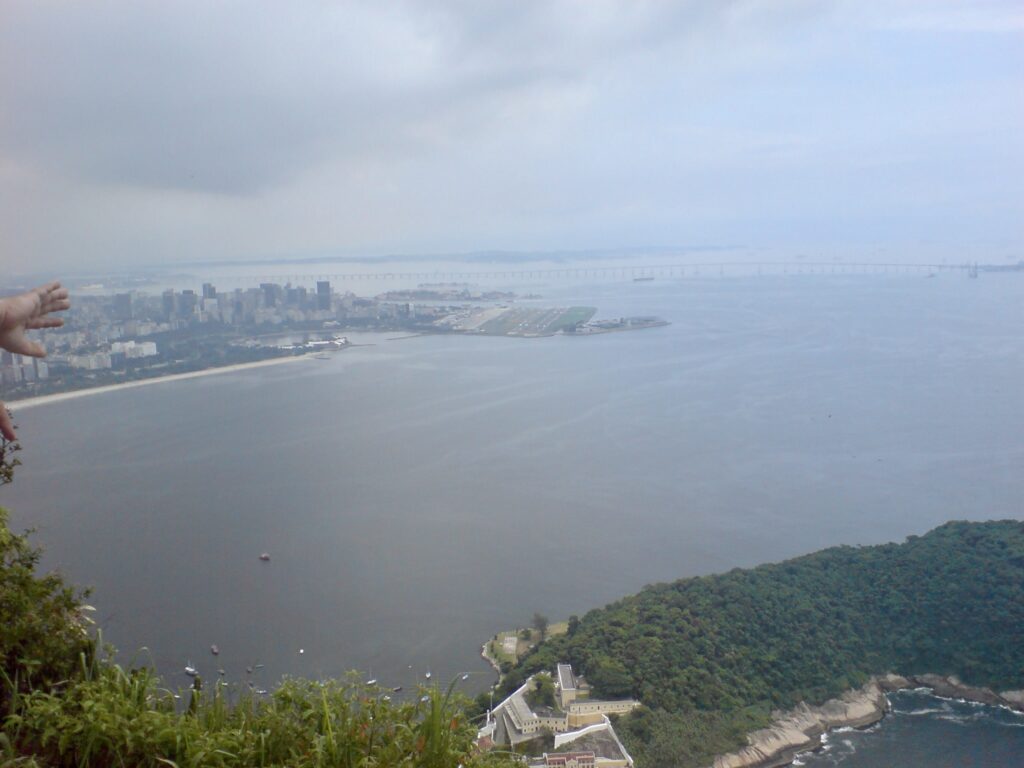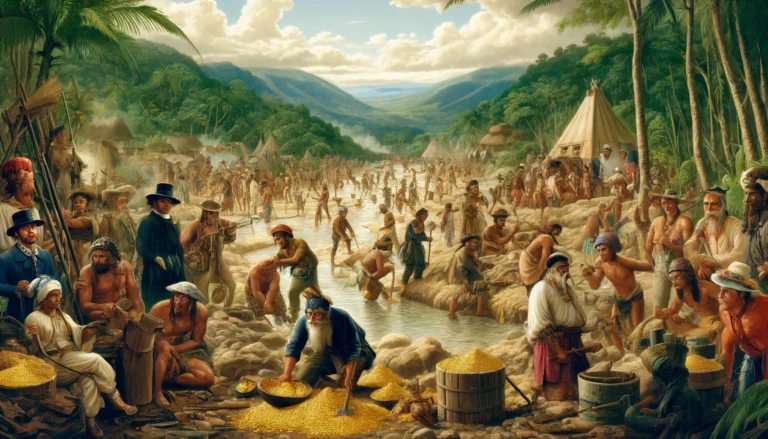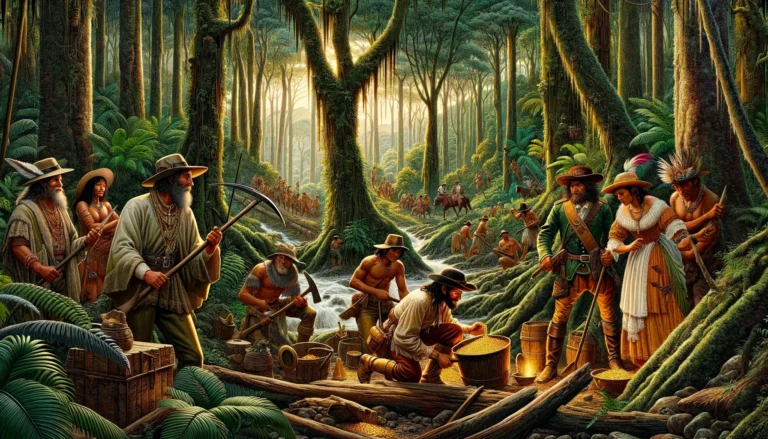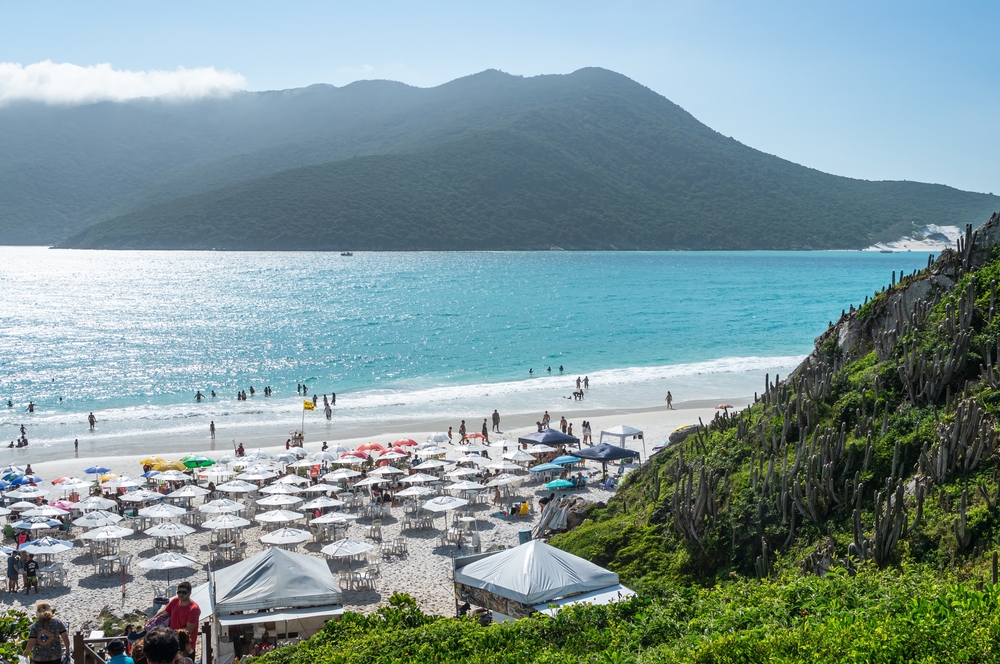Table of Content
ToggleFort Coligny
In the mid-16th century, during a period marked by exploration and territorial claims in the New World, the French undertook a significant endeavor in South America. In 1555, they established Fort Coligny in the Guanabara Bay area, which is now part of modern-day Rio de Janeiro, Brazil. This move was part of France’s broader strategy to expand its influence and establish a presence in the Americas, competing with other European powers like Spain and Portugal.
The fort was named after Gaspard de Coligny, a prominent French nobleman and Admiral of France, who was a key supporter of the French colonization efforts in the New World. The establishment of Fort Coligny was led by Nicolas Durand de Villegagnon, a French naval officer, who envisioned creating a safe haven for French Protestants and expanding the French trade network.
The choice of Guanabara Bay for establishing the fort was strategic, offering a protected harbor and access to the Atlantic, making it an ideal location for a military and trading post. However, the presence of the French in what was considered Portuguese territory led to conflicts with the Portuguese settlers and indigenous peoples.
The French presence in Guanabara Bay was short-lived. By 1560, the Portuguese launched a series of military campaigns to expel the French from the region. The conflict culminated in the capture of Fort Coligny and the expulsion of the French settlers, marking the end of France’s attempt to establish a permanent colony in the area during that period.
This episode is a notable example of the early European colonial endeavors in the Americas, highlighting the rivalries and conflicts that characterized the era of exploration and colonization.
Tupiniquim
During the period of 1555-1556, the Tupiniquim, an indigenous people of Brazil, were involved in conflicts against the Portuguese colonizers. This was a time of significant tension and resistance by various indigenous groups against the European powers trying to establish their presence and control in the New World.
The arrival of the Portuguese in the early 16th century marked the beginning of a long and often violent process of colonization in Brazil. The Portuguese were interested in exploiting the natural resources of the land, particularly brazilwood, for its valuable red dye, and later, sugar plantations, which became a major economic activity. This exploitation often came at a significant cost to the indigenous populations, leading to conflicts over land, resources, and sovereignty.
The Tupiniquim, who inhabited the coastal regions of what is now the southeastern part of Brazil, were among the indigenous groups that initially interacted with the Portuguese. Relationships between European settlers and indigenous peoples were complex and varied, ranging from cooperation and alliances to outright conflict. During the mid-16th century, the Tupiniquim and other indigenous groups found themselves increasingly marginalized and threatened by the expanding Portuguese settlements and the associated demands on their territories and way of life.
The struggle of the Tupiniquim against the Portuguese in 1555-1556 can be seen within this broader context of resistance by indigenous peoples to European colonization efforts. Conflicts were often sparked by the encroachment of settlers on indigenous lands, the imposition of European authority, and the disruptive impact of European goods and diseases on indigenous societies.
It’s also worth noting that the period of the mid-16th century in Brazil was marked by not just the Portuguese presence, but also attempts by other European powers, like the French, to establish footholds in the region, as seen in the establishment of Fort Coligny by the French in Guanabara Bay. Such European rivalries sometimes led to indigenous groups allying with one European power against another, further complicating the dynamics of resistance and conflict in the region.
Overall, the fight of the Tupiniquim against the Portuguese during this time is indicative of the broader struggles faced by indigenous peoples across the Americas in response to European colonization, which would have lasting impacts on their cultures, populations, and territories.













One Response